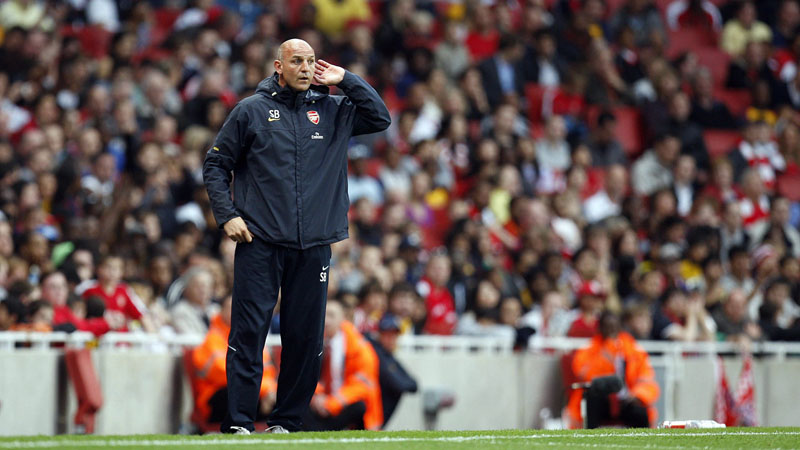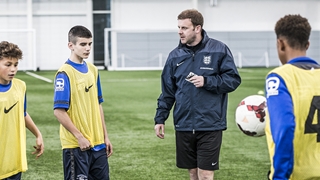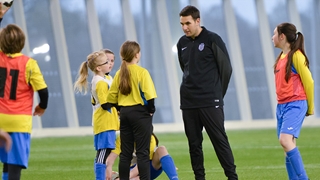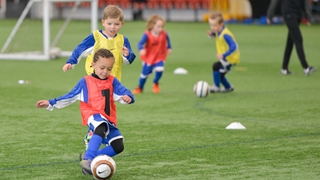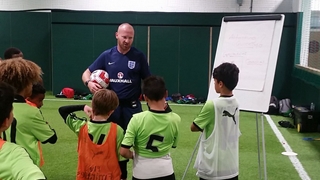
Trying to communicate with players during a game can be a difficult task regardless of level. But in a stadium of thousands of fans it must be close to impossible.
Exactly how do coaches at the top level manage to cut through the noise and get their messages across to their players? And what can be learned from the tactics they employ?
For Richard Horner, FA youth coach developer, it's a challenge that has been of particular interest for a while and has formed part of his UEFA Pro Licence study into communication and coaching.
“Steve Bould, Arsenal’s assistant manager, has talked in great detail about playing against Barcelona at the Nou Camp," revealed Horner.
"The planning had been done before the game and the key messages delivered in the dressing room and as part of the previous training week. During the game he said he couldn’t give messages because there’s a stadium of screaming fans."
Bould and other key figures from both football and golf - including RCD Espanyol coach Quique Sanchez Flores – were interviewed as part of the study. The timing of communication emerged as a crucial factor, explained Horner.
“At first team level there is so much noise around the ground the appropriateness of intervention during the game is low. Arguably game day should be an opportunity for the players to solve the problems rather than the coaches,” he added.
Considering how players are engrossed in the game when they are playing was another key point from the year-long study.
“Often the players are in their own world and bubble during the game and if the coach is shouting at them they usually think it’s because something is going wrong - as a result they may go even deeper into their world. So the communication work has to be done in the pre-context,” explained Horner, who has previously worked as an FA Regional Coach Development manager and in a number of development roles at Watford FC.
It is not only at senior level where coaches face communication challenges. Horner’s work also looked into the match day communication of academy coaches working with younger players. A bias towards giving information to the players closest to the coaches’ touchline position was one of observation.
“In the game the players already have the challenge of solving problems in pressured situations. By adding more information you can sometimes add to the pressure and anxiety - especially, if it only focuses on the one or two players playing in the positions nearest to the coach. If pressure comes from what they hear it could be undoing some of the good development work the game affords.”
Getting to know the players better and developing an awareness and appreciation of how individual players receive and interpret information is a crucial part of the process, explains Horner.
“We need to get to the know the person or player and how they receive information best. They may receive information best through parental guidance, education guidance or through peer guidance. Once we know those things we can start to tailor how we give them information.
“If we start to talk to the kids we can find out that ‘player X likes this, but doesn’t like that and then we can start to tailor our communication accordingly in order to engage and stretch their learning.”
Preparing what to say to the players, both during training and games, should be part of the session and match day planning process and involve coaches reflecting on their own communication biases.
“I don’t think the spoken word is always thought about in enough detail. I think most coaches have a good understanding of the technical and tactical aspects of the game and an understanding about our four corner model - but when planning how they communicate and what they are going to communicate, I think there is some work to be done.”
“Coaches often talk about working from a gut feeling or a reaction to something that has happened within the practice or the game. That might not be enough. Understanding the subtleties of communication and how to get the best out of players by knowing the individuals better can help improve our coaching,” added Horner.


